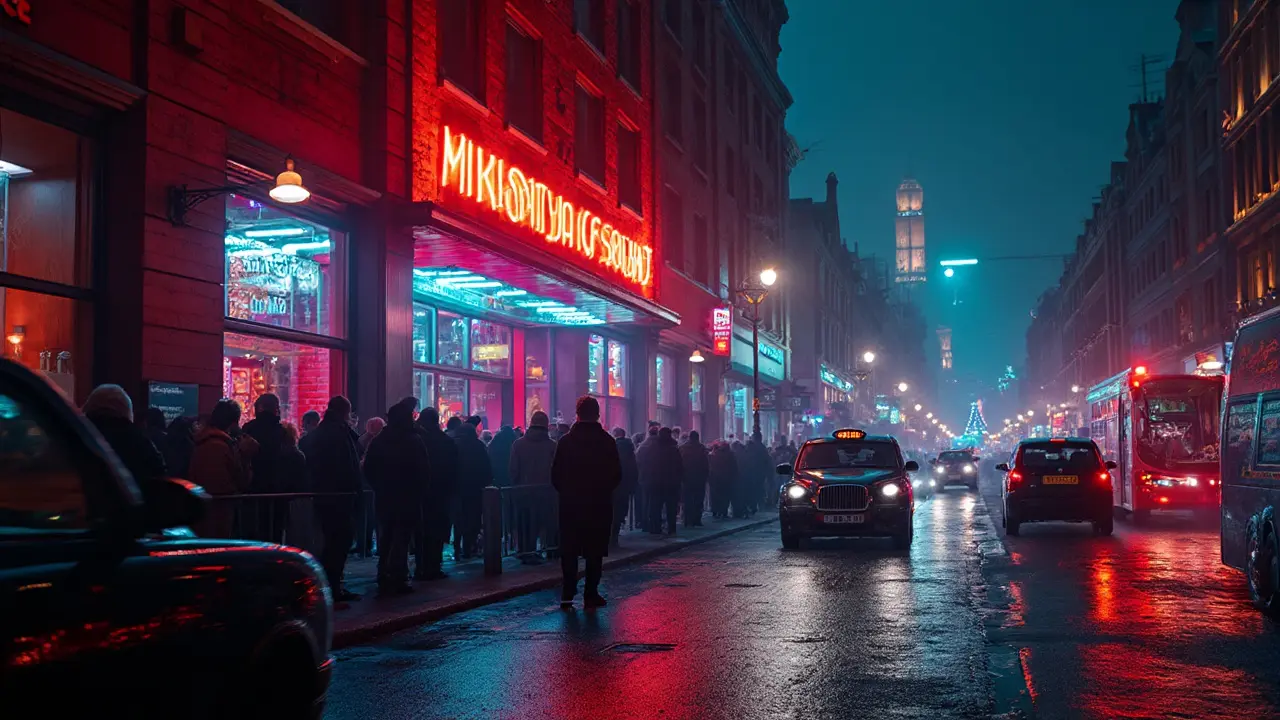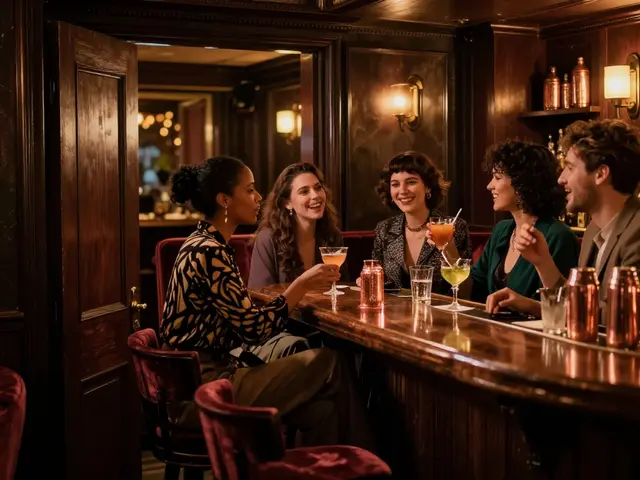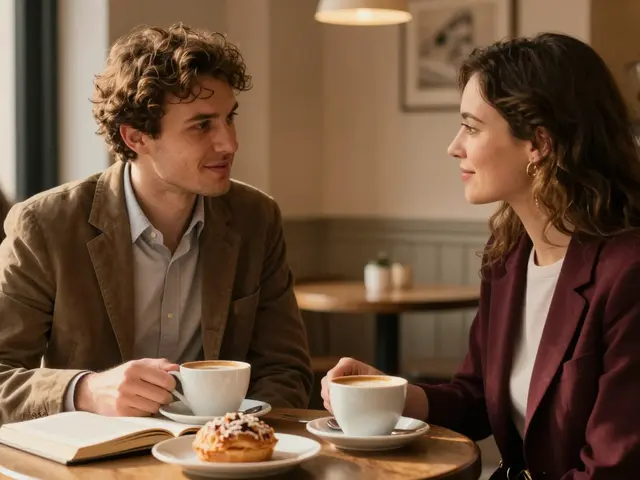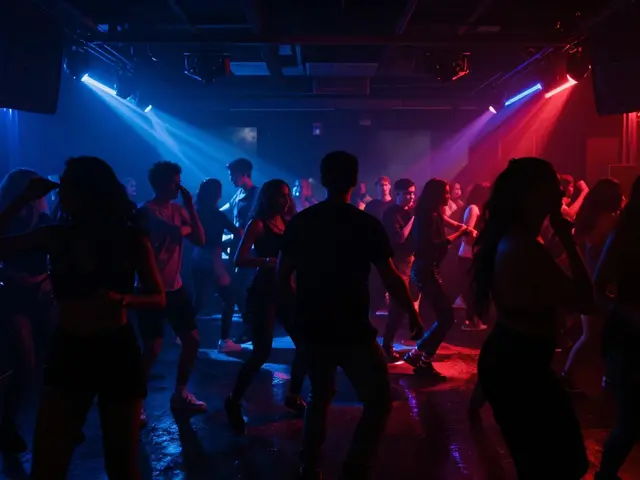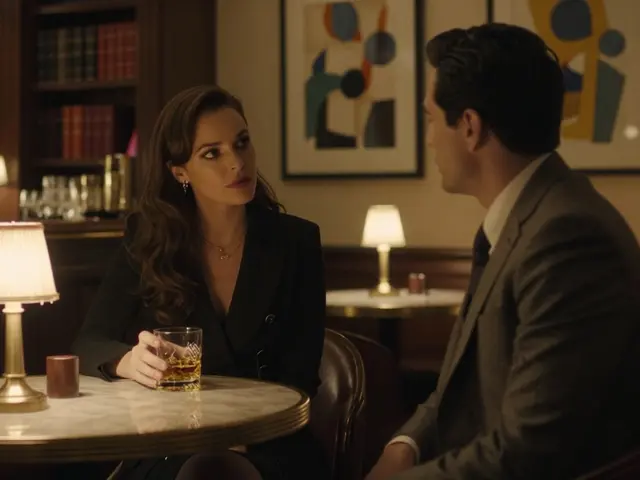Clubbing History in London – From Disco Balls to Sunrise Beats
Ever wonder why London’s clubs feel like a living museum? The answer lies in decades of music, fashion, and street buzz. From smoky discos in the 70s to huge rooftop venues today, each era left a mark that still shapes what we do after dark.
From Disco to Underground
Back in the early 1970s, the city’s nightlife was all about glitter and funk. Places like the legendary Club 33 pulled in crowds with long mirrored walls and a single spinning disco ball. The music was mainly soul, funk, and early disco – think Bee Bee Kings and Donna Summer. Those nights were about dancing close, sipping cheap champagne, and feeling like you were part of something new.
As the 80s rolled in, punk gave way to new‑wave synths. Clubs in Soho and Camden started playing electronic beats, and the term “club” began to mean more than just a dance floor. It became a space for alternative culture. The opening of Heaven in 1979 introduced one of the first openly gay clubs, proving that nightlife could also be a safe haven for different communities.
The early 90s brought the rave movement. Warehouse parties under dim lights turned London into a hub for techno and house. The infamous Ministry of Sound opened its doors in 1991 and instantly set a new standard for sound systems and DJ talent. That venue helped launch the UK’s clubbing export – DJs who later headlined festivals around the world.
Today’s Club Culture
Fast forward to 2024, and London’s club scene is a blend of high‑tech lighting, massive venues, and niche pop‑up events. Places like Fabric and Oval Space still draw massive crowds, but now you’ll also find secret speakeasies hidden behind bookcases and rooftop pools where DJs spin under the stars.
What’s different now? The audience is more diverse, the music blends genres, and apps let you see line‑ups in real time. You can book a table at a VIP lounge, join a themed night, or simply show up for an after‑work grab‑and‑go dance. Prices vary, but most clubs offer early‑bird tickets that are wallet‑friendly.
If you’re planning a night out, start by checking the vibe you want. Want a massive crowd and big‑bass drops? Hit up the big name clubs on weekends. Prefer a chill, artsy crowd? Look for small venues in Shoreditch or Hackney that host live DJs and art installations.
Remember, safety matters. Stick to well‑known venues, keep an eye on your drinks, and arrange transport before you head out. Most clubs now have clear exit signs, coat checks, and on‑site security, making the night fun and safe.
London’s clubbing history isn’t just a timeline; it’s a living story you can be part of tonight. Whether you’re nostalgic for 70s vinyl or chasing the latest EDM drop, the city’s nightscape has a spot for you. So grab your friends, choose a venue, and become part of the next chapter in London’s clubbing legacy.
Ministry of Sound: 30 Years of Party Legacy
Celebrating three decades at the heart of London’s nightlife, Ministry of Sound has transformed from a gritty warehouse into a global dance music icon. This article dives into the club’s fascinating journey, groundbreaking innovations, and the stories behind its legendary nights. You’ll get practical tips for visiting, learn about its impact on music culture, and discover how to make the most out of a night at this iconic venue. Whether you’re a seasoned clubber or just curious about the hype, this guide covers everything you need to know. Get ready for a tour through one of clubland’s biggest success stories.

